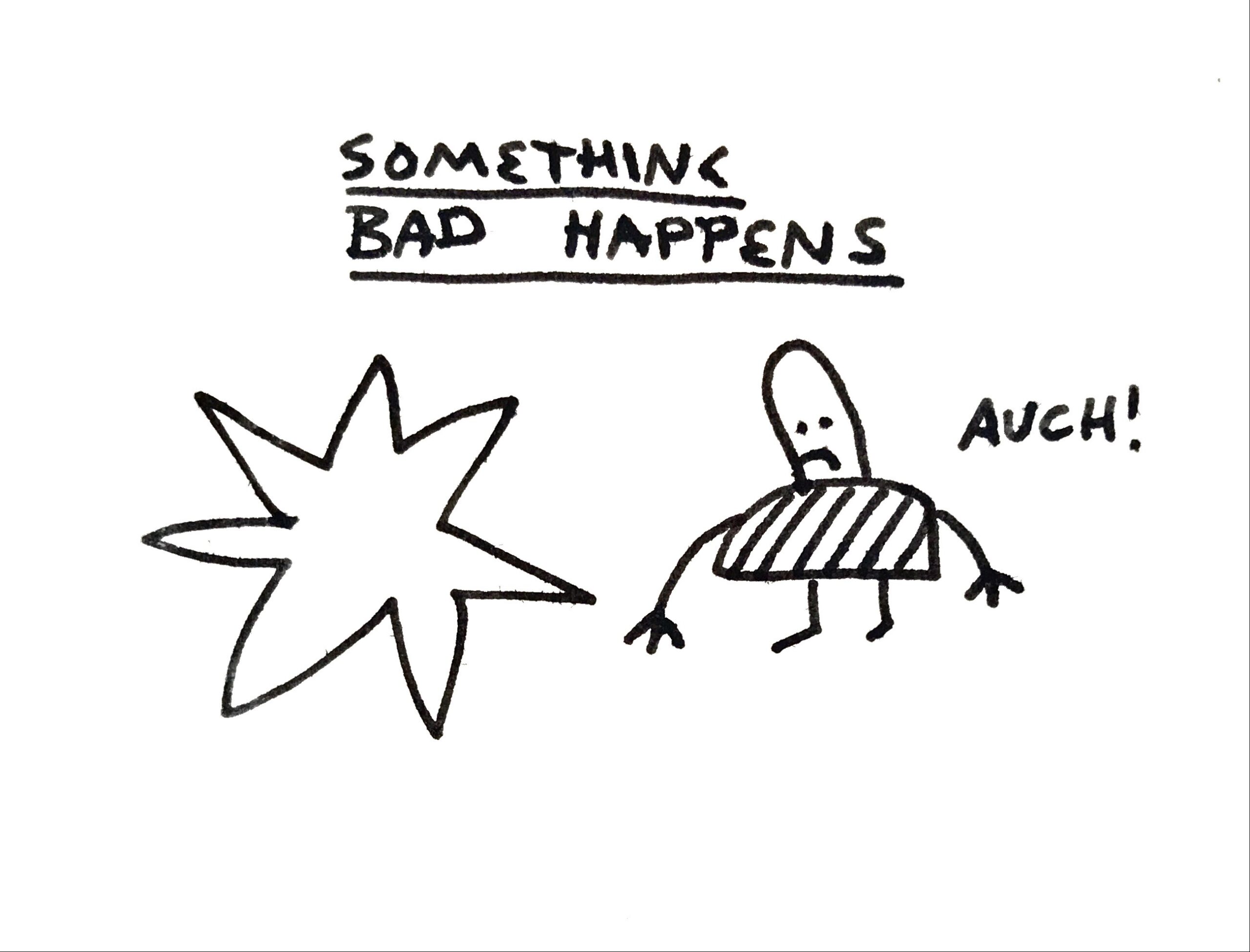4 minute read
Hello Amazing!
In the previous post we looked at why vulnerability and openness is so important for social connection. But how do you actually share with vulnerability?
Remember, the goal is to share something in a way that builds human connection. If we only share our success and when we are on top, the projection can make others feel inferior and hold back with sharing what is actually going on for them. The relationship becomes superficial. But the solution isn’t to share all things right away, making it all completely raw and unfiltered. This isn’t vulnerability. It’s just oversharing, and it has all its own issues: in extreme cases it feels completely inappropriate, and the recipient can feel violated (and yes, I’ve done it too!). It can also be triggering for others, who may have had similar experiences.
Let’s take an example of something I’ve tried a few times now: getting laid off from a job. I’ve been laid off due to restructuring, where my work would be chunked up and given to freelancers. I’ve also been asked to think about a “transition plan” which was code for “you are not delivering to the expectation.” Technically speaking it was me who quit, but it wasn’t exactly voluntarily or on my own timeline.

On the day it happens and immediately after, it’s been so raw. I’ve been in a bit of a shock, not sure what was up and down. This isn’t a good time to share, except with our closest friends and family. The people who for better or worse will have to endure us in that state.
When it comes to sharing more widely, for example on social media, I find that a useful way to look at this, is not to think so much about how to share vulnerably, but to focus on when. Then the how will follow.
If you think of it as a timeline, there is a window of opportunity somewhere in between that initial shock and being back in full safety (You’ve seen those Instagram posts: “First day at my new job. So excited about all my smart new colleagues. Btw. the communal lunch is incredible.” ).
What we are looking for is the vulnerability sweet spot. It has to be recent enough that you are still affected by it. It still matters. But not so recent that it’s too raw. Let’s take a closer look.

To find out if you are sharing too late: if you are already ‘safe’ again (new job, new wife, etc.) and really just telling others what you went through, even if it was hell and absolutely terrible, it probably isn’t vulnerability that you are showing. It’s more likely showing off what you’ve overcome. There’s nothing in it for the recipient. If all they can do is give you a toast and say ‘wow, congratulations’, you are ‘proving’ not ‘sharing’. Yes, I’m guilty of this too.
So what’s too soon? Imagine that you share online what you are going through and someone leaves a comment. If it’s too raw, you are still feeling a need to be seen and feel validated, for example through supportive comments. Thus, when it turns out that the comment is not really about you and what you posted, it’s the other person sharing their own struggle, you get frustrated. I’ve been there too. In those moments, keep sharing with trusted friends, whom you can count on for that kind of support.
If, however, in this thought experiment, you feel grounded enough that you could appreciate others’ stories and experiences as a positive thing and not be counting on them to validate your experience, you’re in the sweet spot. When you do vulnerability well, people will reciprocate and share a bit of themselves. You are helping people be more vulnerable and share a bit more of themselves because they are following your example.
So it’s a ‘when’ to share more than a ‘how’. But how long time are we talking about? Days, weeks, months? It depends on what happened. And it depends on you!
The first time I got laid off, I didn’t tell the full story until 10 months later, where I felt I had enough solid ground under my feet, but still had it fresh enough in my memory to share the emotional part as well. Check out my annual report from 2016 and judge for yourself. Does it feel too early or too late or does it land somewhere in the sweet spot?
Last but not least: we can’t get it right every time. Many times we won’t know if we are too early or too late until it’s too late. Be patient with yourself. Know what you are aiming for and notice whenever you are a little bit off.
In the next issue we will take this theme of vulnerability one step further and look at how you can also use it as a leadership advantage.
Until then
Much love
Mathias
This is part 2 of 3.
- Part 1: Why vulnerability matters for social connection
- Part 2: Finding your own vulnerability sweet spot
- Part 3: Using vulnerability as a leader
